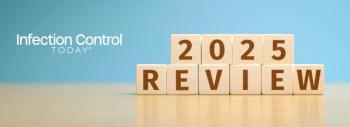
AAMI Updates Liquid Chemical Sterilization Standard
The Association for the Advancement of Medical Instrumentation (AAMI) has published an updated international standard designed to help manufacturers of certain medical devices ensure their products are in fact sterile.
Â
The standard, 14160, deals with liquid chemical sterilizing agents used on devices that utilize animal tissues and their derivatives. The standard contains a new feature to help manufacturers identify microorganisms that are hard to kill, says Charles Roberts, convener of the ISO/TC 198/WG 10, Liquid Chemical Sterilization Working Group, which updated the document. It now includes an annex with a table listing rare and obscure microorganisms that manufacturers could encounter.
Manufacturers have to figure out a way to sterilize devices so that no viable microorganisms survive, says Roberts, director of research and development for Advanced Sterilization Products, a subsidiary of Johnson & Johnson.
Most devices are sterilized using steam, but not all materials can withstand exposure to it. Certain heart valves that contain animal tissue are particularly susceptible to damage from heat. Thats where liquid chemical sterilization comes in.
The formal name of the standard is ANSI/AAMI/ISO 14160:2011, Sterilization of health care productsLiquid chemical sterilizing agents for single-use medical devices utilizing animal tissues and their derivativesRequirements for characterization, development, validation, and routine control of a sterilization process for medical devices.
The list price for the standard is $100 and the AAMI member price is $50. The document is available from the AAMI website.
Newsletter
Stay prepared and protected with Infection Control Today's newsletter, delivering essential updates, best practices, and expert insights for infection preventionists.




